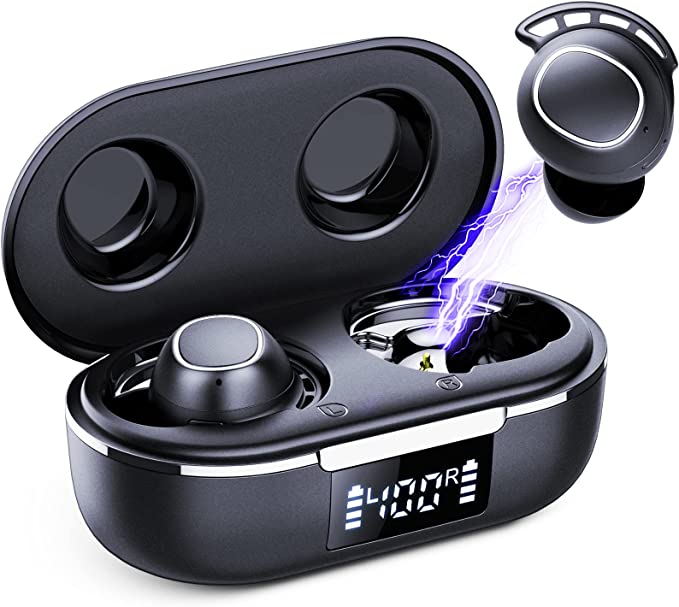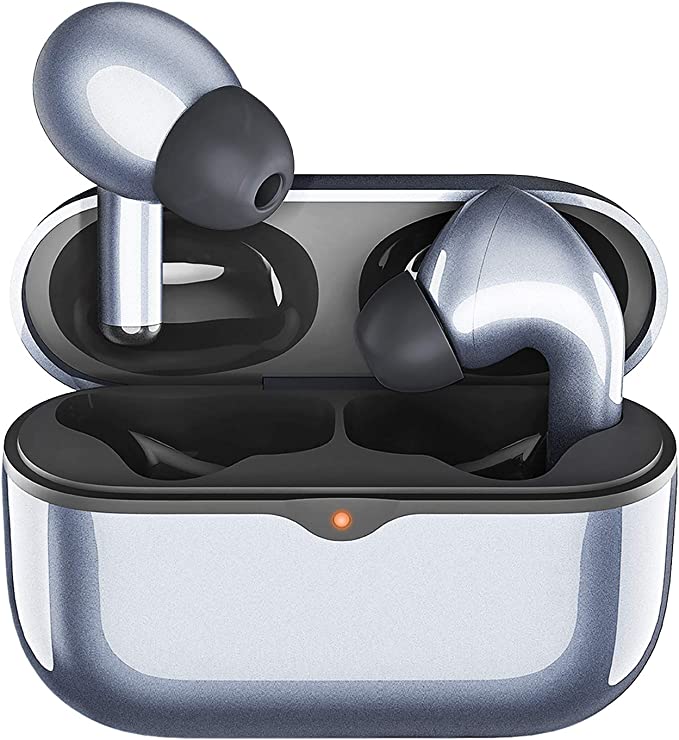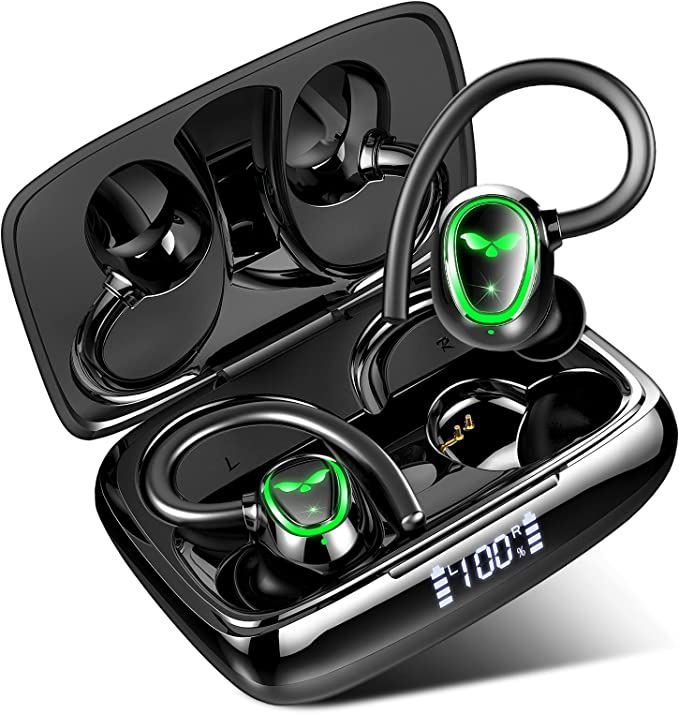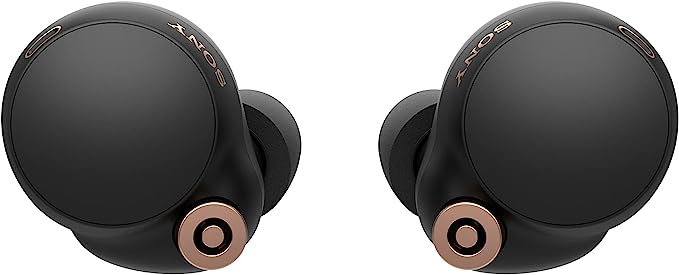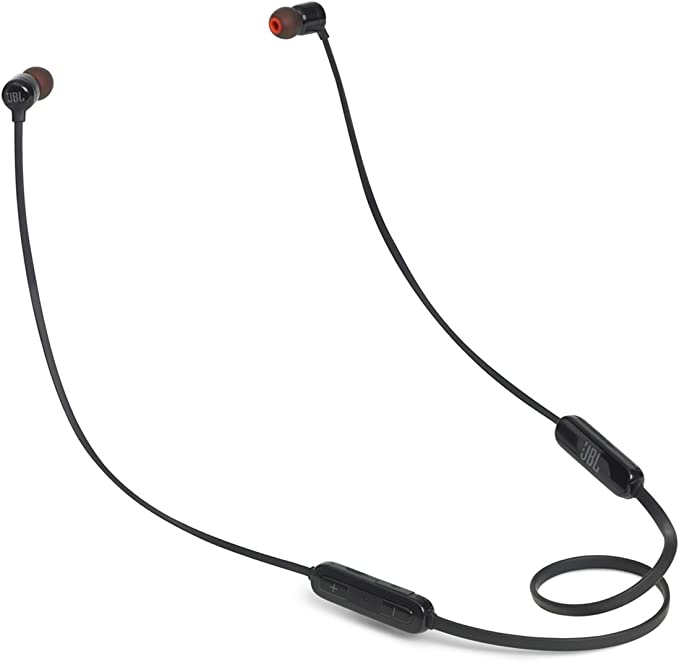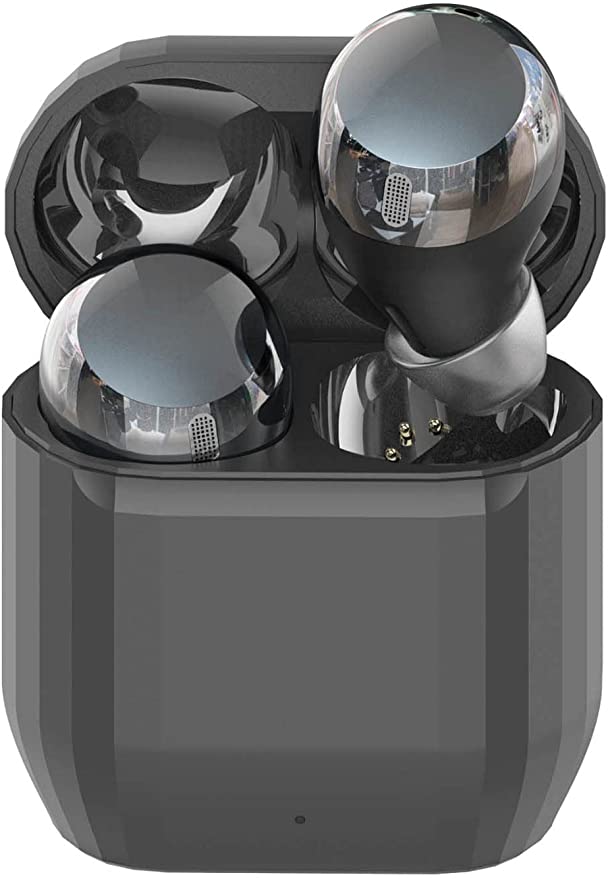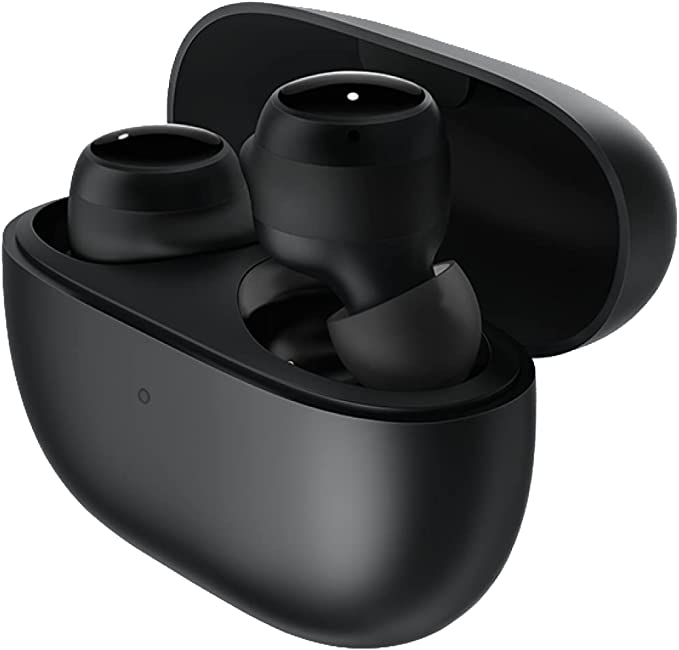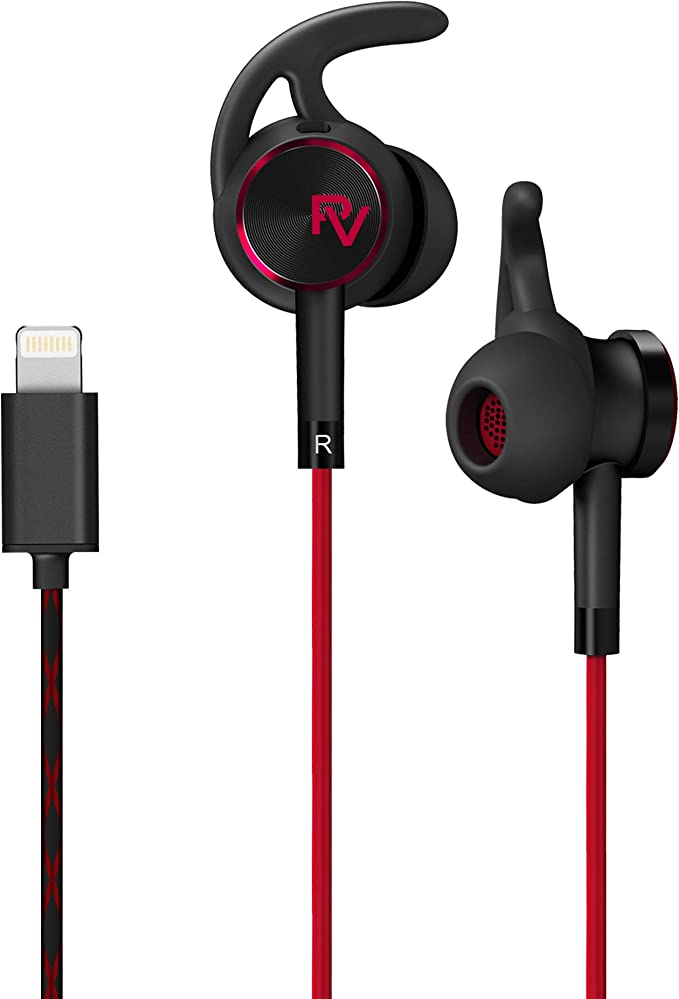Wasart J52 Wireless Earbuds: Silence the Noise, Amplify Your Sound
Update on Aug. 5, 2025, 6:44 a.m.
Pause for a moment and listen. If you’re enjoying music through a pair of wireless earbuds, you are experiencing a quiet miracle of modern science. A silent stream of data leaps across the air, transforms into electrical impulses, and commands a microscopic drum to beat against the air, recreating a symphony inside your ear canal. It feels seamless, almost magical. But it is not magic; it is a meticulously choreographed dance of physics and engineering.
This is the story of that dance. We will follow the journey of a single sound wave, from its digital birth in your device to its physical rebirth in your ear. Using the Wasart J52 Wireless Earbuds as our vessel, we will deconstruct this process, revealing the scientific principles that turn invisible code into palpable emotion. This is not a product review, but an exploration of the incredible, accessible technology that shapes our daily soundscape.

The First Leap: A Signal’s Flight via Bluetooth
Our journey begins with a choice—the press of a “play” button. Instantly, a digital audio file on your phone is broken down into packets of data. These packets need to travel, and their chariot is Bluetooth. Named after Harald Bluetooth, the 10th-century Viking king who united disparate Danish tribes, the technology was conceived to unite different communication protocols. The J52 employs Bluetooth 5.3, a modern dialect in this evolving language of connection.
This isn’t just a version number; it represents a significant leap in efficiency and stability. Older Bluetooth versions often used a relay system, sending data to one primary earbud, which then forwarded it to the second. This could create a slight, yet noticeable, delay. Bluetooth 5.3, with its capability for binaural synchronous transmission, acts more like a dedicated courier for each ear, sending data packets to both simultaneously. This architecture drastically reduces latency, ensuring that what you see on screen aligns perfectly with what you hear—a critical factor for video and gaming.
Furthermore, the protocol is more adept at navigating the crowded 2.4 GHz radio frequency it shares with Wi-Fi routers, microwaves, and countless other devices. It intelligently hops between frequencies to avoid interference, ensuring the signal’s journey is smooth and uninterrupted. This constant, invisible negotiation is what allows you to walk across a room, phone in pocket, without the music faltering.

The Translation: From Digital Code to Analog Wave
Once the data packets arrive at the earbuds, they are still just a stream of ones and zeros—a language unintelligible to the components that create sound. They must be translated. This crucial task is performed by a component not mentioned on the box, yet essential to every digital audio device: the Digital-to-Analog Converter (DAC).
The DAC is the system’s bilingual interpreter. It reads the incoming digital code, which represents the precise shape of the original sound wave, and converts it into a continuously varying analog electrical signal. The quality of this translation is paramount. A high-quality DAC can reproduce the subtle nuances and dynamics of a recording, while a lesser one might smooth over details, resulting in a “flatter” sound. While the specifics of the DAC within any given earbud are complex, its role is fundamental: it transforms abstract information into a tangible electrical current, the lifeblood of the sound to come.

The Beat of a Graphene Drum: Crafting Physical Sound
The newly formed analog signal now travels to the heart of the earbud: the driver. This is where electricity is transmuted into physical sound waves. The J52 utilizes a 13mm graphene composite driver, and the choice of material is what elevates this process from mere reproduction to artistry.
Imagine a drum. To create a sound, you strike the drumhead, causing it to vibrate. An earbud driver works similarly; the electrical signal from the DAC causes a thin membrane, called a diaphragm, to vibrate rapidly. The material of this diaphragm defines the character of the sound. For decades, designers used paper, plastic, or various metals. Then came graphene.
Discovered by Andre Geim and Konstantin Novoselov at the University of Manchester, a feat that earned them the 2010 Nobel Prize in Physics, graphene is a single layer of carbon atoms arranged in a honeycomb lattice. Its properties are near-mythical: it is incredibly light, yet possesses a Young’s Modulus (a measure of stiffness) that makes it one of the strongest materials ever tested.
For an audio diaphragm, this combination is revolutionary.
- Low Mass: Graphene’s lightness allows it to start and stop vibrating almost instantaneously in response to the electrical signal. This agility is crucial for reproducing crisp, detailed high-frequency sounds, like the shimmer of a cymbal or the breath of a vocalist.
- High Stiffness: Its immense strength prevents the diaphragm from deforming or creating unwanted resonance as it vibrates. This “breakup” distortion is a common cause of muddy or unclear sound in lesser drivers. Graphene’s rigidity ensures the sound produced is a faithful copy of the input signal, resulting in clear, well-defined bass and mid-tones.
When this revolutionary material is applied to a relatively large 13mm diaphragm, it can move a significant volume of air, producing a full-bodied bass response without sacrificing the clarity and detail that graphene provides. It is, in essence, a microscopic, high-performance drum, beating out your favorite songs with scientific precision.

The Echo’s Path: Sending a Clear Voice Back
So far, we have only followed sound on its inward journey. But communication is a two-way street. When you take a call, your voice must embark on a return journey. This is where the challenge shifts from fidelity to clarity, especially in a noisy environment. The J52 tackles this with a system called Environmental Noise Cancellation (ENC), a distinct cousin to the more famous Active Noise Cancellation (ANC).
While ANC is for your benefit as a listener, ENC is for the benefit of the person you’re talking to. It uses the four built-in microphones in a clever formation. Some microphones are aimed to capture your voice, while others are positioned to capture the ambient sounds of your environment—the traffic, the café chatter, the office hum.
This is where the CVC 8.0 (Clear Voice Capture) algorithm comes into play. It performs a feat of digital signal processing known as beamforming, effectively creating a focused “beam” of listening sensitivity pointed directly at your mouth. It then compares the signal from the voice-focused mics with the signal from the ambient-focused mics. By identifying and subtracting the patterns of the background noise, it can isolate your voice from the chaos. The claim of suppressing 80% of interference highlights the efficiency of this process. It’s the digital equivalent of cupping your hands around your mouth to speak in a loud room, but executed with algorithmic precision, ensuring your echo travels back cleanly.

The Vessel’s Armor: Engineering for the Real World
This entire intricate process is housed within a tiny, 3-gram shell, engineered to survive the rigors of daily life. The IP7 rating is not an arbitrary label; it’s a specific standard from the International Electrotechnical Commission (IEC 60529). The ‘7’ signifies that the earbuds are protected from immersion in water up to 1 meter for 30 minutes. This provides a robust seal against sweat, rain, and accidental splashes, forming a protective armor for the delicate electronics within.
Powering this journey is a tiny lithium-polymer battery, a technology prized for its energy density and flexible form factor. The system’s efficiency, from the low-power Bluetooth 5.3 chip to the careful power management, allows for the stated 8 hours of continuous operation—a testament to the holistic engineering required to keep the symphony playing.

The Convergence of Decades
From a Viking king’s unifying legacy inspiring a wireless protocol, to a Nobel Prize-winning “wonder material” vibrating in your ear, the journey of sound is remarkable. It’s a convergence of decades of research in communication, material science, and acoustics. Each note you hear is the endpoint of a chain reaction, a testament to how profoundly science has been woven into the fabric of our daily lives. The true magic, then, is not in the seamlessness of the experience, but in understanding the immense and beautiful complexity that makes it possible.




